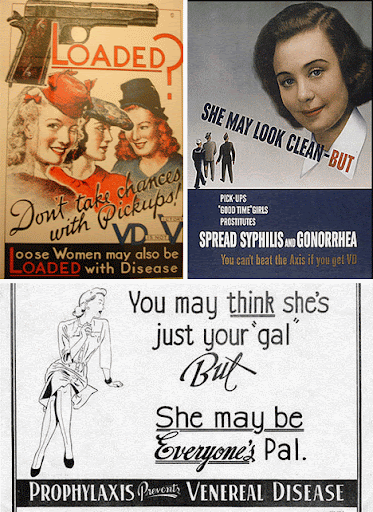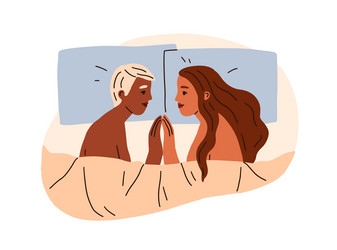A Path to Better Sexual Health: STI and Prevention
Sexually transmitted diseases (STIs) are infections that are transmitted from one person to another mainly when they come into sexual contact, both oral and penetration. Bacteria, viruses, and parasites are considered to be the root causes of STIs. However, it is a myth that one can get STIs only through sexual activity. Other means of getting infected include mother to child during and after pregnancy, use of unsafe needles, or any other form of contact with blood, infected skin, and body fluids.
People often use the terms sexually transmitted infection (STI) and sexually transmitted disease (STD) interchangeably. But they are not the same. The difference between them lies in their name itself, with STI being an infection and STD, the disease. Consider this, STI is like a seed that grows up to be a full-grown tree called STD. STDs start as innocent STIs, often showing no symptoms. Once they are strong enough to destroy the body cells, as a result of being left untreated and ignored, they will take over as a disease showing symptoms and becoming chronic. For example, untreated HPV can result in cervical cancer in the long run.

Stigma Around STIs
STI existed since time immemorial. It is believed to have been originated from chimpanzees in Central Africa. It then transferred to humans when people hunted and consumed these infected animals. The first recorded major outbreak of STIs was syphilis which took the lives of around 5 million people in Europe. STIs were socially stigmatised before and it is still done now. People who are infected with this are considered to be ‘dirty’ and diseased. The notion was that people who used to visit brothels or sex workers were generally infected with STIs and visiting sex workers was considered a shameful act, especially for an honourable and respected individual. During World War 2, political leaders used women as propaganda tools. This was termed as ‘penis propaganda’. Women were objectified and degraded as ‘a bag of trouble’ carrying diseases, through ads. Political leaders used such ads, featuring attractive women to make men aware of the much less discussed topics, STIs. Also since STI and STDs are used interchangeably, the word disease can reflect a negative emotion psychologically, hence another contribution to it being stigmatized.
Things to Keep in Mind:
How to protect yourself from STIs?
A few things to consider to have a safe, stress and infection-free sexual experience:
- Getting tested: Before being physically involved with someone, getting ourselves tested along with our partner is a wise option. Because STIs are often asymptomatic and we might not be aware of it. Or worse, hide it from the other. Having ‘the talk’ along with taking one another’s consent before the test is the key here because our health should be our priority.
- Use of barriers: Condoms and dental dams act as good barriers to prevent the transmission of STI infections. However, they are not 100% effective. They do not protect against STIs caused due to skin-to-skin contact, the genital parts where these barriers do not cover. There is also a risk of it breaking or tearing.
- Getting vaccinated: Vaccines are available for 3 types of STIs namely, HPV, Hepatitis A, and Hepatitis B. It will help to prevent genital warts and some cancers. Vaccinations can be taken starting at 9 years of age but it is recommended to get it between 11-12 years and latest by the age of 26. If not vaccinated post 26 years, we can get a vaccine only after a consultation with a doctor. PrEP medication can be taken to reduce the risk of getting HIV.
- Prevention is always better than cure: We must always be careful while dealing with stuff like needles, and used lingerie, and maintain good hygiene habits. Learning more about STIs, their signs and their symptoms will help protect us and our partners.
What to do if I have STI?
A few signs to look out for in the genital area that might signal getting infected with STIs include sores, discharge, swelling or itching, painful sex, and urination. Other bodily signs can be diarrhoea, weight loss, skin rash, fever and chills, and jaundice.
- So the act is done and now we think we have got an STI. The first thing is to calm down.
- The second is to get ourselves tested at the earliest, before coming to any self-identified horrifying conclusions. We must visit the nearest venereologist (one who specializes in STI treatments) for the tests. Home kits are also available that can be sent to the lab. The cost is generally above 1k. NACO and a few other organisations like AHF India, and Safe Zindagi offer free testing services or at a discounted price.
- If the STI tests are positive, we must avoid getting sexually involved while the treatment is ongoing. The medications given should not be shared with anyone, not even as a preventive case. It is alright to feel emotions of anger, fear, and shame. But the most important thing is to communicate it to the partner or discuss the rising concerns with parents, trusted people, or the health care provider.

CONCLUSION
STIs have been in existence since historical times. And so has the discrimination and stigma against the people who have it. Millions of lives have been lost. This should be enough to make us realize the importance of being aware of these things, however negligible it might seem at times. Fear of judgment and shame should not surpass the health concerns of anyone. Seeking professional help is always the safest route. January 14th and the second week of April are celebrated as the STI Awareness Day. And as responsible humans, we must be the chain breakers of STI transmission, through the decisions that we make in our personal lives as well as via spreading awareness, especially to the ones who are less privileged to know.
Author

